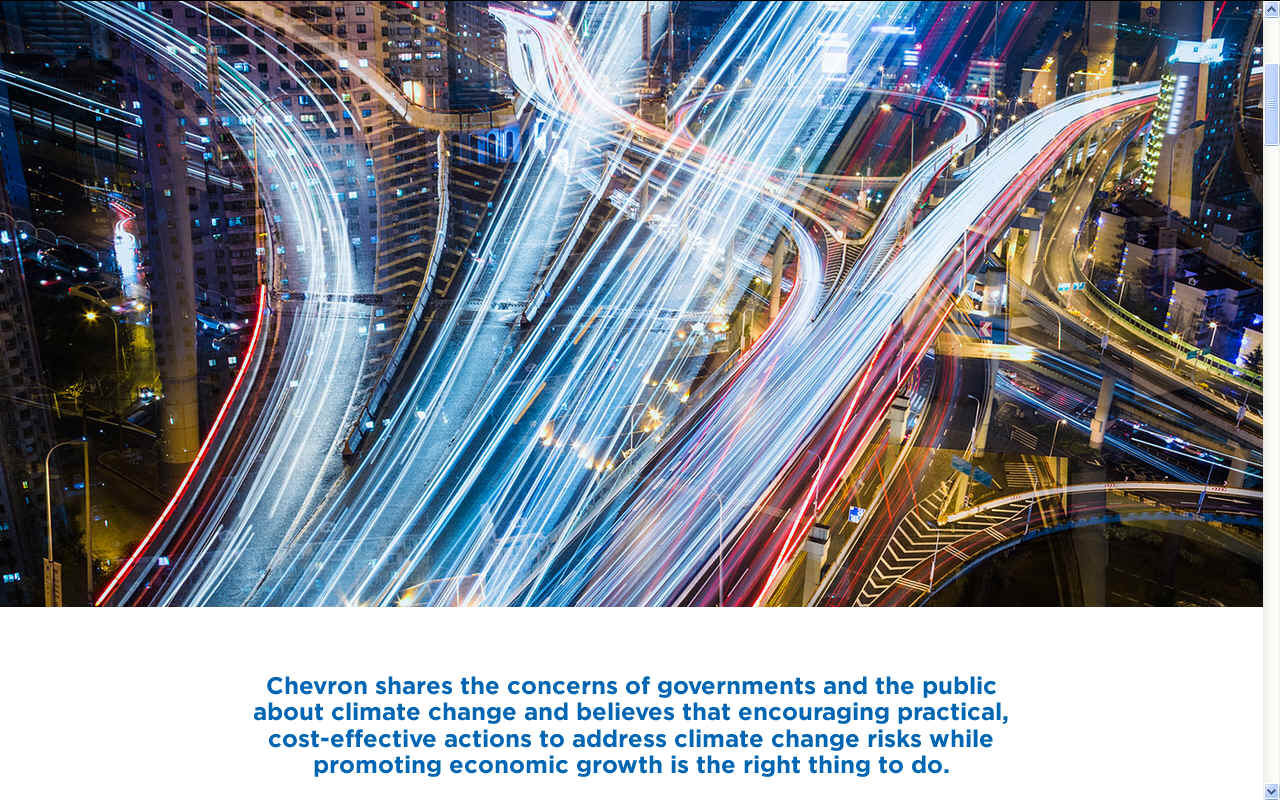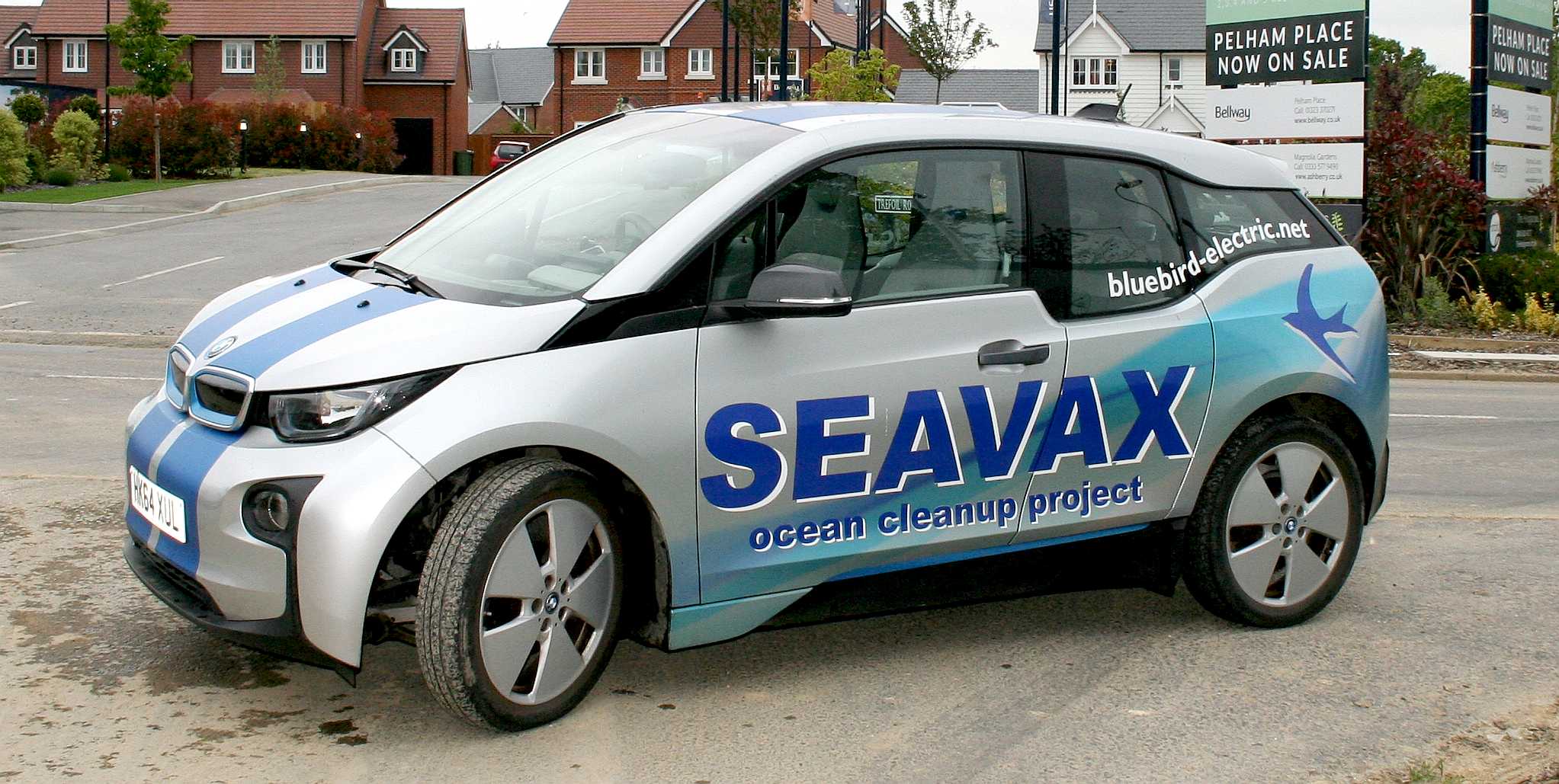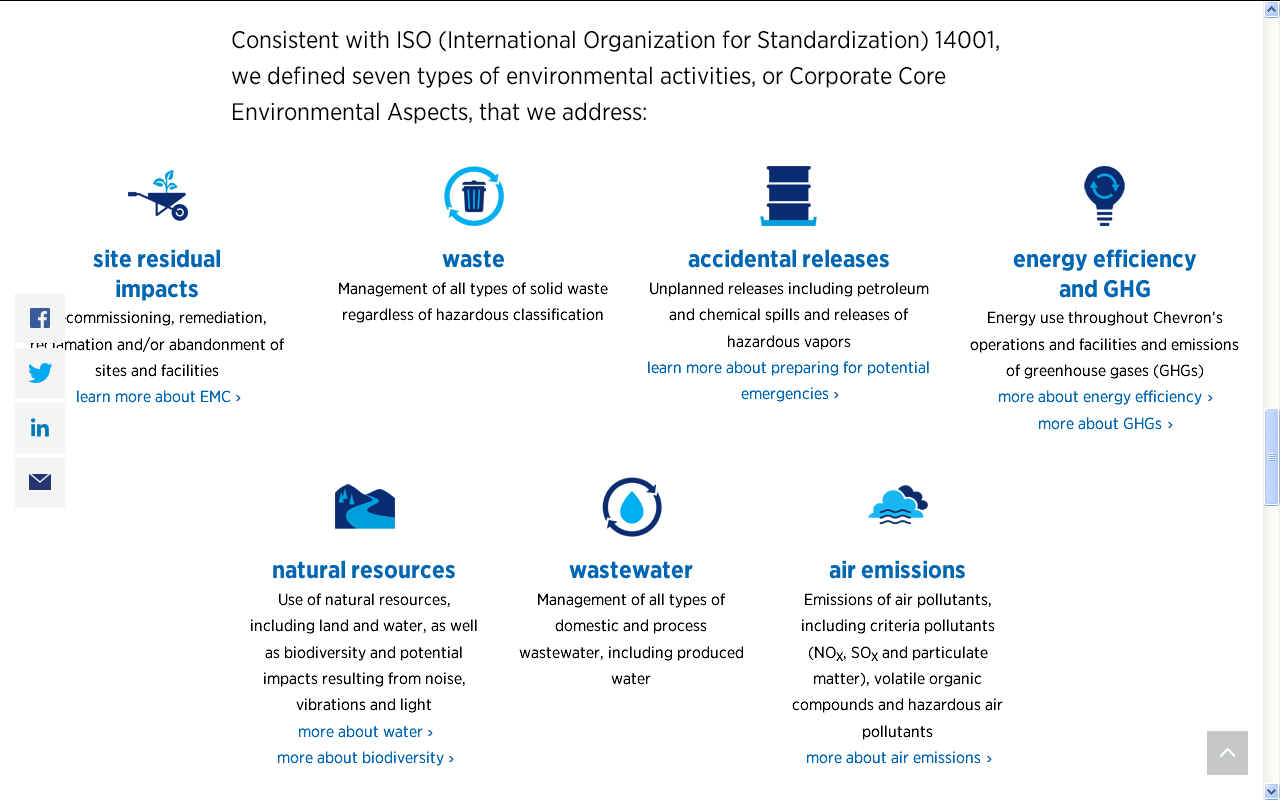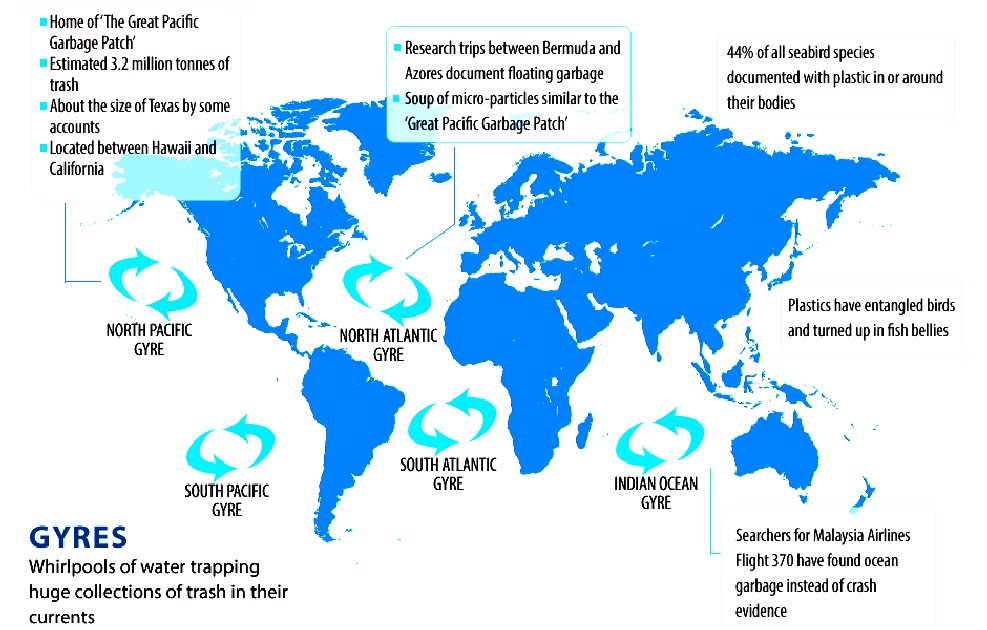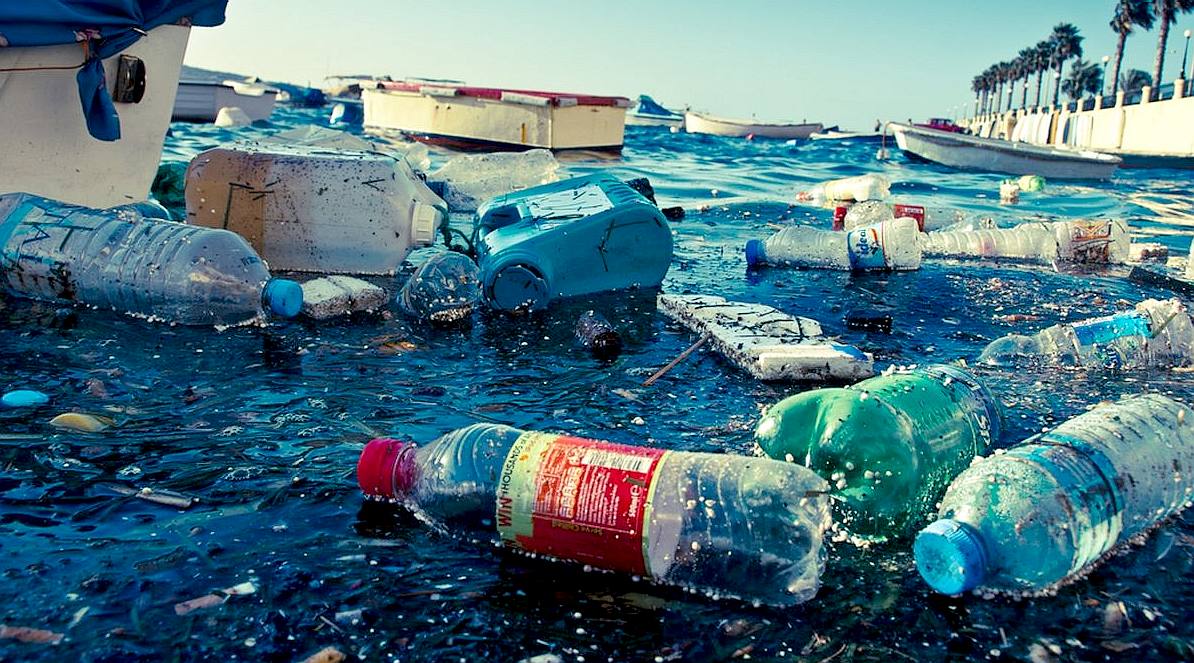|
CHEVRON PHILLIPS - PLASTICS
ChevronPhillips Chemical (CPC) is a petrochemical company headquartered in Woodlands, Texas. The company is jointly owned by Chevron Corporation and Phillips and was formed in 2000 by merging the chemicals operations of both companies.
CPC is a major producer of petrochemicals, polyolefins, and specialty chemicals. Chevron Phillips has approximately 5,000 employees working in 33 production facilities located in the United States, Singapore, South Korea, Saudi Arabia, Qatar and Belgium.
The company generated about $13.4 billion in sales in 2014.
Nobody
can forecast what will happen in the future, but CPC believe
that their governance, risk management and strategy processes are sufficient to mitigate the risks and capture opportunities associated with climate change. Throughout
their long history, they have shown resilience through their ability to adapt to changing conditions in the marketplace, and we will continue to adjust
as needed to effectively and proactively manage climate change risks.
CPC conduct their business in a socially responsible and ethical manner, protect people and the environment, support universal human rights, and benefit the communities where they work.
CPC's
Four environmental principles
FUTURE TRANSPORT - Cars like this BMWi3 are perfect to be developed into a complete solution for sustainable transport, to include a load-leveling infrastructure of service stations. This EV has a battery cartridge like so many others, that could easily be adapted to instant recharging. It may be that fast charging is only a stop gap solution until low cost service facilities are made available by utilities looking toward a truly circular economy.
LOS ANGELES – EVgo, the
USA’s largest public electric vehicle (EV) fast charging network, is working with Chevron to bring EV fast charging to select Chevron company-owned and operated gas stations in California.
* Denotes membership of the AEPW
We cannot do without plastics in our modern society. They are incredibly versatile, extending the capabilities of mankind. But plastic is getting bad press from a lack of recycling efficiency in many countries where significant quantities are being flushed out to sea via rivers and other coastal dumping.
There is nothing wrong with plastic if it is disposed of carefully. Oil derived plastics are a finite resource and non-renewable demanding special attention, as with the changeover from burning fossil fuels to renewables.
This gives us another good reason to develop a system for making the best use of plastic, and this includes recycling it way more effectively than before. We cannot afford to waste plastic that is in our oceans, and we are talking about at least 8 million tons a year of the stuff going out to sea.
FAST FOOD SLOW DEATH - It's not just fast food, it is our exploitative society that is poisoning the planet, without thought for the consequences. We've been living at artificially low prices at the expense of killing other life on earth. Eat cheap now and suffer expensively later, with health services picking up the tab and costing the taxpayer more than if we'd dealt with ocean dumping up front. We are talking here about the consequences of eating toxic fish. Technically, it is possible to remove plastic from seawater. There are two projects currently trying to achieve this, the Ocean Cleanup Projects of Boyan Slat and his giant floating booms, and the Cleaner Ocean Foundation and SeaVax.
It's easy to dismiss plastics as cheap and nasty materials that wreck the planet, but if you look around you, the reality is that we depend on it. If you want cars, toys, replacement body parts, medical adhesives, paints, computers, water pipes, fiber-optic cables, and a million other things, you'll need plastics as well.
If you think we struggle to live with plastics, try imagining for a moment how we'd live without them. Plastic is pretty fantastic. We just need to be smarter and more sensible about how we make it, use it, and recycle it when we're done with it.
Most plastics are synthetic, they'd never spontaneously appear in the natural world and they're still a relatively new technology, so animals and other organisms haven't really had chance to evolve so they can feed on them or break them down.
Since a lot of the plastic items we use are meant to be low-cost and disposable, we create an awful lot of plastic trash. Put these two things together and you get problems like the Great Pacific Garbage Patch, a giant "lake" of floating plastic in the middle of the North Pacific Ocean made from things like waste plastic bottles.
How can we solve horrible problems like this? One solution is better public education. If people are aware of the problem, they might think twice about littering the environment or maybe they'll choose to buy things that use less plastic packaging.
Another solution is to recycle more plastic, but that also involves better public education, and it presents practical problems too (the need to sort plastics so they can be recycled effectively without contamination). A third solution is to develop bioplastics and biodegradable plastics that can break down more quickly in the environment.
LINKS & REFERENCE
https://www.chevron.com/corporate-responsibility/environment
BUILD UP - Plastic has accumulated in five ocean hot spots called gyres, see here in this world map derived from information published by 5 Gyres. All that plastic just floating around is a huge waste of resources in a sustainable sense, where we should be aiming for a circular economy. N. Atlantic Gyre, S. Atlantic Gyre, Indian Ocean Gyre, N. Pacific Gyre, S. Pacific Gyre
ABS - BIOMAGNIFICATION - CANCER - CARRIER BAGS - COTTON BUDS - DDT - FISHING NETS - HEAVY METALS - MARINE LITTER MICROBEADS - MICRO PLASTICS - NYLON - PACKAGING - PCBS - PET - PETROLEUM - PLASTICS - POLYCARBONATE - POLYOLEFINS POLYPROPYLENE - POLYSTYRENE - POLYTHENE - POPS - PVC - SHOES - SINGLE USE - SOUP - STRAWS - WATER
This website is provided on a free basis as a public information service. copyright © Cleaner Oceans Foundation Ltd (COFL) (Company No: 4674774) 2019. Solar Studios, BN271RF, United Kingdom. COFL is a company without share capital.
|
